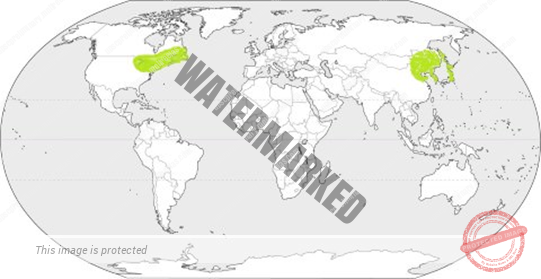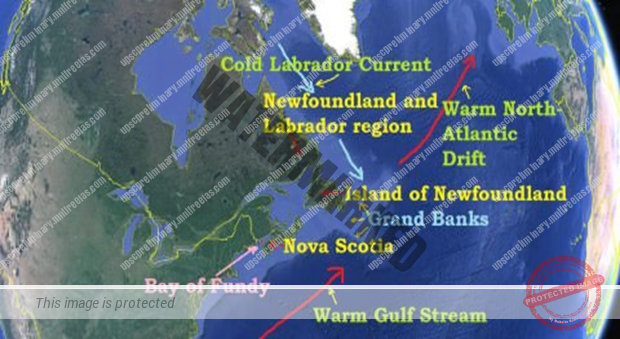- LAURENTAIN CLIMATE OR COOL TEMPERATE EASTERN MARINE CLIMATE
UNIT 4 – CLIMATOLOGY – PART 46
LAURENTIAN CLIMATE OR COOL TEMPERATE EASTERN MARINE CLIMATE
- Intermediate type of climate between the British Type Climate (moderate)and the Taiga Type Climate (extreme) of climate.
- It has features of boththe maritime and the continental climates.
DISTRIBUTION OF LAURENTIAN CLIMATE
- Laurentian type of climate is found only in two regions and that too only in the northern hemisphere.
NORTH AMERICAN REGION
- North-eastern North America, including eastern Canada, north-east U.S.A., and Newfoundland. This may be referred to as the North American region.
ASIATIC REGION
- Eastern coastlands of Asia, including eastern Siberia, North China, Manchuria, Korea, and northern Japan.
ABSENT IN SOUTHERN HEMISPHERE
- In the southern hemisphere only a small section of continents extends south of 40°S latitude.
- Some of these small sections come under the rain-shadow region of Andes (Patagonia) and hence Westerlies hardly ever reach these regions.
- So, these regions are subjected to aridityrather than continentality.
- In other regions, the oceanic influence is so profound that neither the continental nor the eastern margin type of climate exists.
LAURENTIAN CLIMATE
TEMPERTATURE
- Characterized by cold, dry winters and warm, wet summers.
- Winter temperatures is below freezing point and snow fall is quite natural.
- Summers are as warm as the tropics (~25 °C).
PRECIPITATION
- Rainfall occurs throughout the year with summer maxima[easterly winds from the oceans bring rains]
- Annual rainfall ranges from 75 to 150 cm [two – thirds of rainfall occur in the summer].
- Dry Westerliesthat blow from continental interiors dominate winters.
THE NORTH AMERICAN REGION
- In summer, prolonged heat waves cause discomfort.
- In winter, the temperature drops below freezing and snowfall occurs.
- Precipitation occurs all-round the yeardue to the influence of Atlantic Ocean (summer) and the Great Lakes (winter).
- The warm Gulf Streamincreases the moisture of easterly winds.
- The prevailing Westerlies carry depressions over the Great Lakes towards eastern regions causing wet conditions in winter [vital for the agricultural activities].
- Convergence of the warm Gulf Stream and the cold Labrador Current near Newfoundland produces dense mist and fog and gives rise to much precipitation.
- It is said that Newfoundland experiences more drizzlesthan any other part of the world


[pvc_stats postid="" increase="0" show_views_today="1"]
